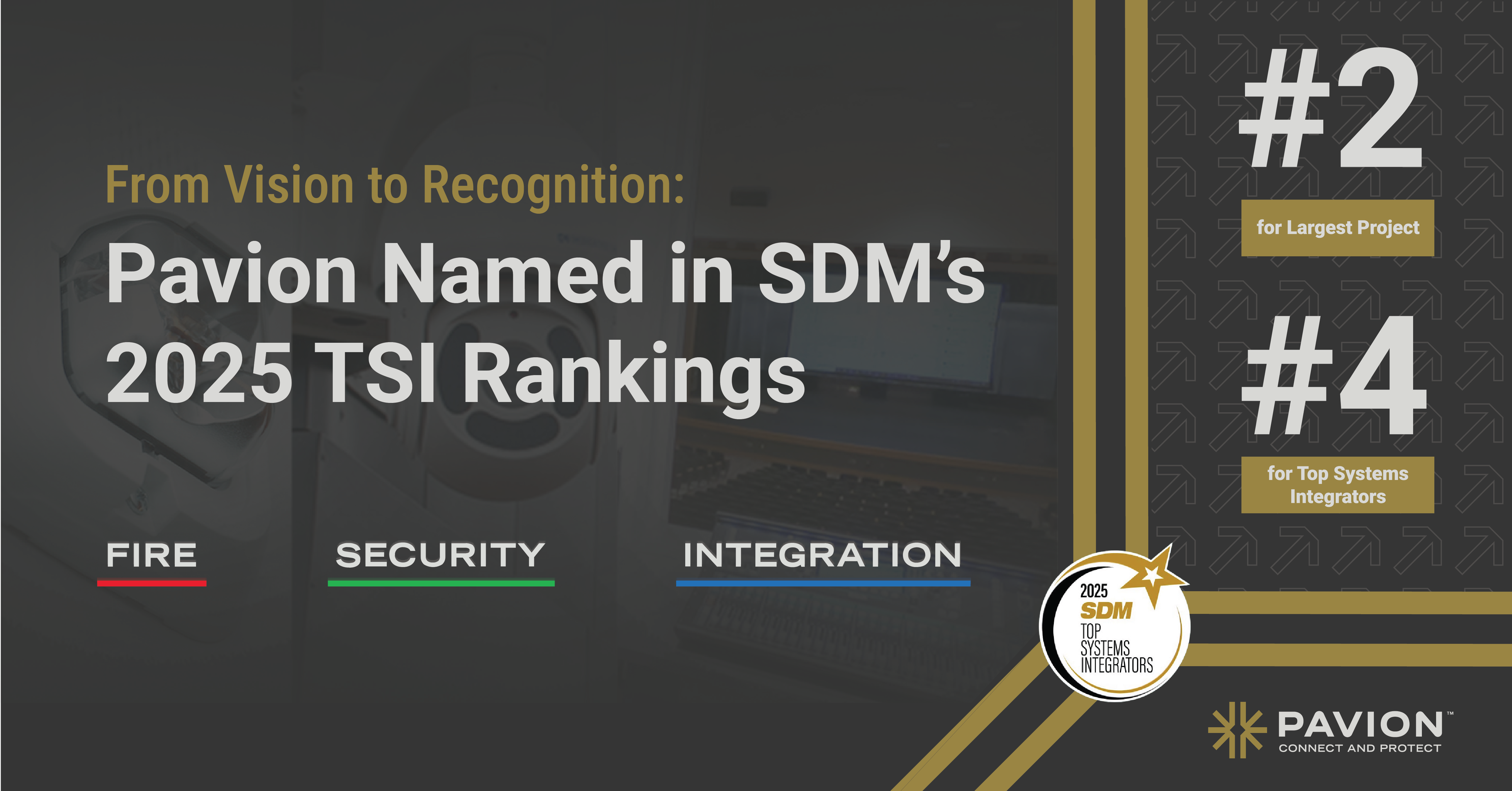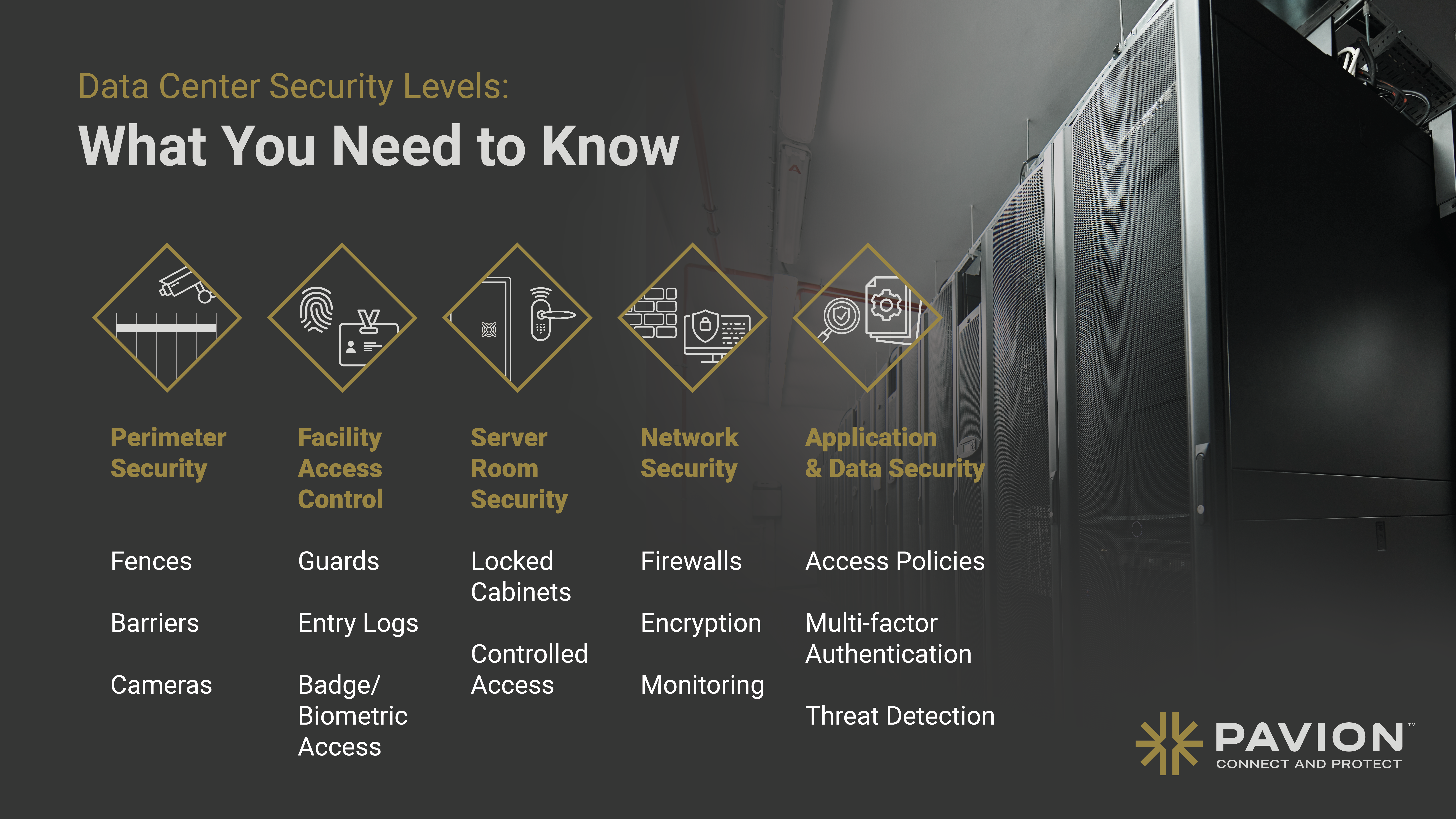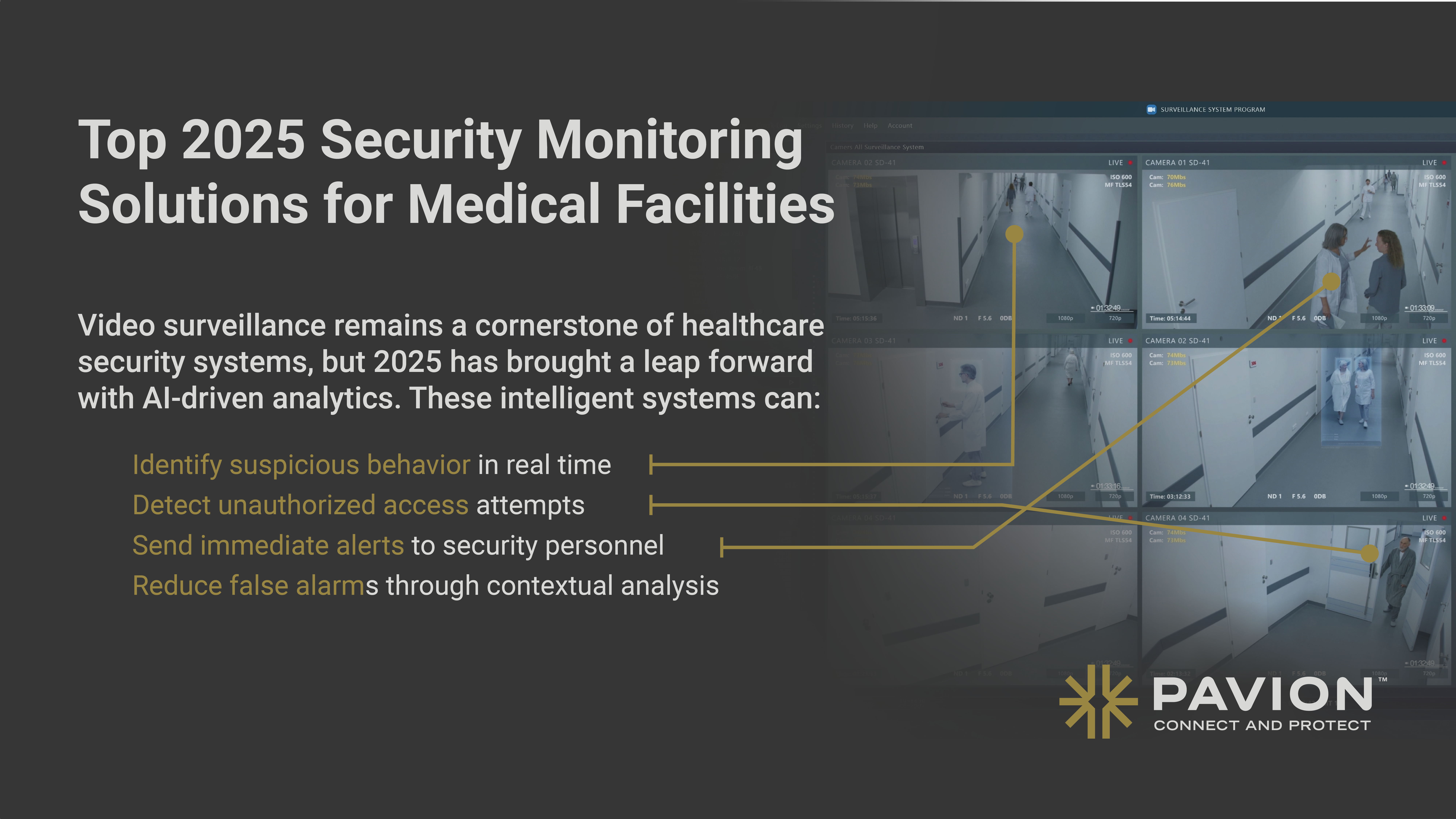
Beyond Video Calls: Integrating Virtual Reality into Unified Conference Rooms
The advent of technology has revolutionized the way we conduct business meetings and conferences. Traditional conference rooms have evolved into unified conference rooms, integrating various digital tools to facilitate seamless communication. One such tool that has gained significant traction in recent years is Virtual Reality (VR). VR technology, once considered a novelty for gaming enthusiasts, is now making its way into the corporate world, transforming the way we collaborate and interact in a business environment.
Understanding Virtual Reality in Unified Conference Rooms
Virtual Reality, in the context of unified conference rooms, refers to the use of computer technology to create a simulated, three-dimensional world that users can explore and interact with. This technology allows users to be fully immersed in a virtual environment, providing a more engaging and interactive experience compared to traditional video conferencing tools.
Companies like Pavion have specialized in integrating VR into unified conference rooms, offering solutions that enhance collaboration and productivity. These solutions are designed to create a more immersive and interactive meeting experience, allowing participants to engage with each other and the content in a more meaningful way.
The Benefits of Integrating VR into Unified Conference Rooms
Integrating VR into unified conference rooms offers numerous benefits. For one, it enhances communication and collaboration. VR allows participants to interact in a more natural and intuitive way, making it easier to share ideas and collaborate on projects. It also provides a more immersive experience, allowing participants to fully engage with the content and each other.
Moreover, VR can help to overcome the limitations of geographical distance. With VR, participants can join a meeting from anywhere in the world, as long as they have access to a VR headset and a stable internet connection. This can significantly reduce travel costs and time, making it a cost-effective solution for businesses with teams spread across different locations.
The Challenges of Integrating VR into Unified Conference Rooms
Despite the numerous benefits, integrating VR into unified conference rooms also presents some challenges. For one, it requires a significant investment in hardware and software. This includes VR headsets, high-speed internet connection, and powerful computers capable of running VR applications.
Furthermore, there is a learning curve associated with using VR technology. Users need to familiarize themselves with the VR interface and controls, which can take some time. There may also be issues related to motion sickness or discomfort, especially for users who are new to VR.
How to Integrate VR into Unified Conference Rooms
Integrating VR into unified conference rooms involves several steps. First, you need to assess your current conference room setup and identify the necessary upgrades. This includes evaluating your current hardware and software, as well as your internet connection.

Next, you need to select the right VR solution for your needs. There are several VR solutions available in the market, each with its own set of features and capabilities. It’s important to choose a solution that fits your business needs and budget.
Choosing the Right VR Solution
When choosing a VR solution, there are several factors to consider. First, you need to consider the quality of the VR experience. This includes the resolution of the VR headset, the field of view, and the refresh rate. These factors can significantly affect the quality of the VR experience.
Next, you need to consider the ease of use. The VR solution should be easy to set up and use, even for users who are new to VR. It should also be compatible with your existing hardware and software.
Lastly, you need to consider the cost. VR solutions can vary greatly in price, so it’s important to choose a solution that fits your budget. However, it’s also important to consider the long-term costs, such as maintenance and upgrades.
Implementing the VR Solution
Once you’ve chosen a VR solution, the next step is to implement it. This involves setting up the VR hardware and software, as well as training your team on how to use it. It’s important to provide adequate training to ensure that your team can effectively use the VR solution.
It’s also important to regularly maintain and update the VR solution to ensure that it continues to provide a high-quality VR experience. This includes updating the software, replacing worn-out hardware, and troubleshooting any issues that may arise.
Conclusion
Integrating VR into unified conference rooms can significantly enhance communication and collaboration, providing a more immersive and interactive meeting experience. However, it requires careful planning and implementation to ensure that it delivers the desired benefits.
Companies like Pavion specialize in integrating VR into unified conference rooms, offering solutions that enhance collaboration and productivity. With the right VR solution and implementation strategy, businesses can leverage VR to transform their unified conference rooms and take their meetings to the next level.
Transform Your Meetings with Pavion
Ready to elevate your business meetings with the power of Virtual Reality? Pavion is here to guide you through the integration process, ensuring your unified conference rooms become hubs of innovation and collaboration. Get a Free System Assessment today and discover how our tailored solutions can enhance your communication, safety, and security needs. Embrace the future of meetings with Pavion’s expertise.


